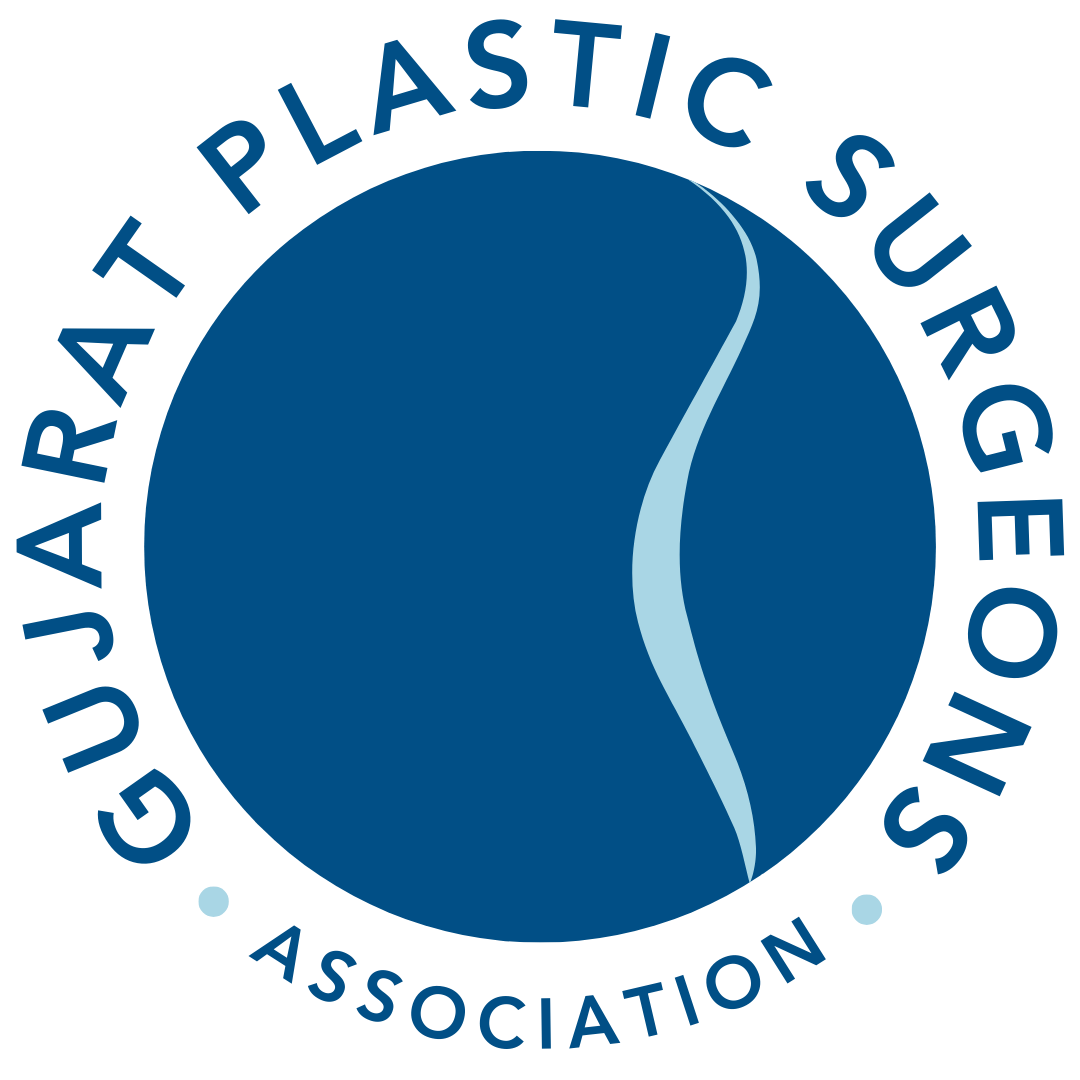

COSMETIC SURGERY
Breast Lift and Augmentation with Implants
About The Treatment
Breast lift with augmentation combines two procedures—mastopexy (breast lift) and breast augmentation (using implants)—to enhance the size, shape, and position of the breasts. This combination is ideal for patients who want to correct sagging breasts while also increasing their breast size.
Indications for Breast Lift with Augmentation
Sagging breasts (ptosis) due to aging, pregnancy, breastfeeding, weight fluctuations, or genetics.
Loss of breast volume and shape.
Desire for larger, fuller breasts along with a lifted and more youthful contour.
Nipples that fall below the breast crease when unsupported.
Enlarged or stretched areolas.
Types of Breast Implants
Silicone Implants:
Filled with silicone gel, which feels more like natural breast tissue.
Pre-filled before insertion.
Benefits: More natural look and feel.
Risks: Silent rupture (leaks are less obvious), may require MRI for detection of rupture.
Saline Implants:
Filled with sterile saline solution.
Inserted empty and then filled once in place.
Benefits: Smaller incision, adjustable volume.
Risks: More prone to rippling, can deflate.
Round Implants:
Shaped like a sphere and provide a fuller appearance.
Benefits: More projection, less concern about rotation.
Risks: May appear less natural if not properly positioned.
Teardrop (Anatomical) Implants:
Shaped like a teardrop to mimic the natural slope of the breast.
Benefits: More natural appearance, especially in leaner patients.
Risks: Risk of rotation leading to misshaped breasts, may require textured shell to stay in place.
Procedure Steps
Consultation and Planning:
Goals, expectations, and medical history is discussed with the surgeon.
Physical examination and measurements of the breasts.
Selection of implant type, size, and placement method.
Selection of the appropriate lift technique based on the degree of sagging and desired outcome.
Preoperative instructions, including guidelines for medications, smoking cessation, and health optimization.
Anesthesia:
General anesthesia is typically used, ensuring the patient is asleep and pain-free during the procedure.
Incision Techniques for Breast Lift:
Vertical (Lollipop) Incision:
For moderate reductions.
Periareolar (Donut) Incision:
For minor reductions and lifting.
Crescent Lift:
For minimal sagging.
Anchor (Inverted-T) Incision:
For significant reductions and reshaping.
Implant Placement:
Subglandular:
Over the pectoral muscle and under the breast tissue.
Submuscular (Subpectoral):
Under the pectoral muscle.
Tissue Removal and Reshaping:
Excess skin is removed, and the underlying breast tissue is reshaped to achieve the desired contour.
The nipple and areola are repositioned to a higher, more youthful location.
The size of the areola may be reduced if necessary.
Closing the Incisions:
Incisions are closed with sutures, and surgical tape or skin adhesives are used to support the closure.
Dressings or bandages are applied to support the breasts during initial healing.
Recovery and Aftercare
Initial Recovery:
Patients typically stay in the surgical facility for a few hours to overnight.
Swelling, bruising, and discomfort are common.
Pain medication and antibiotics may be prescribed.
Wearing a surgical bra or compression garment helps minimize swelling and support healing.
Postoperative Care:
Patients are advised to avoid heavy lifting, strenuous activities, and sleeping on their stomach for several weeks.
Light activities can typically be resumed within a few days to a week.
Follow-up visits with the surgeon to monitor progress, remove sutures, and ensure proper healing.
Long-Term Care:
Results are typically visible within a few months as swelling subsides and tissues settle.
Scarring is permanent but typically fades over time and can be minimized with proper care.
Maintaining a stable weight and healthy lifestyle helps preserve results.
Benefits
Comprehensive Enhancement:
Addresses both sagging and volume loss for a complete breast rejuvenation.
Improved Contour and Volume:
Achieves fuller, firmer, and more youthful-looking breasts.
Increased Self-Confidence:
Enhances body image and self-esteem.
Risks and Complications
Scarring:
Permanent scars that may be prominent, especially if not properly cared for.
Changes in Sensation:
Temporary or permanent changes in nipple and breast sensation.
Asymmetry:
Possible differences in size, shape, or nipple position between the breasts.
Infection:
Risk of infection at the incision sites.
Healing Issues:
Poor wound healing or tissue necrosis, particularly in smokers or those with certain medical conditions.
Implant-Related Risks:
Capsular contracture, implant rupture, or displacement.
Breastfeeding Challenges:
Potential challenges with breastfeeding after surgery, depending on the extent of tissue removal.
Candidate Suitability
Ideal Candidates:
Individuals with sagging breasts and loss of volume.
Patients seeking fuller, lifted breasts.
Those in good overall health with realistic expectations.
Non-smokers or those willing to quit smoking before and after surgery.
Not Suitable For:
Individuals with certain medical conditions that impair healing.
Those with unrealistic expectations or seeking a minor change in breast shape (alternative treatments may be more appropriate).
Conclusion |
Breast lift with augmentation combines the benefits of lifting and enhancing breast volume to provide a more youthful and aesthetically pleasing contour. This comprehensive procedure addresses sagging and volume loss, offering significant physical and psychological benefits. Consulting with a qualified plastic surgeon is essential to determine suitability, understand the potential risks, and achieve the best possible outcome. |